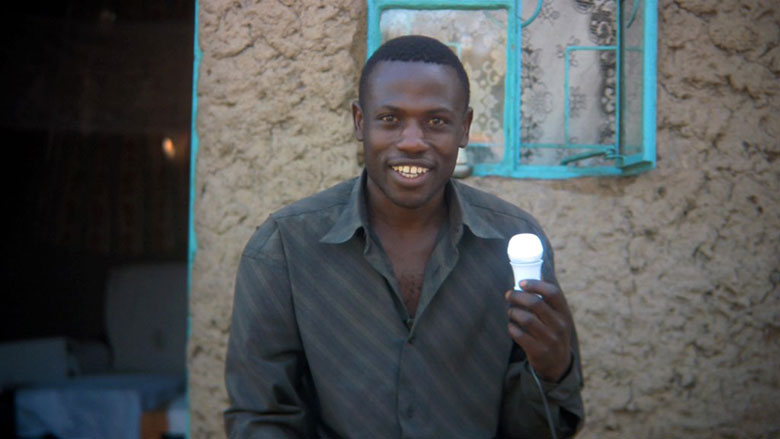NAIROBI, December 6, 2018 – Kenya has achieved substantial progress in economic, social, and human development over the past decade. Significant progress has also been made in the energy sector. For instance, Kenya has been taking advantage of its rich renewable resources and has emerged as one of the global leaders in the use of geothermal resources as a clean fuel for power generation.
Thanks to strong government leadership, as well as private sector investment and support from development partners, Kenya has also experienced an impressive expansion of access to electricity. Kenya now has the highest electricity access rate in East Africa: total access stands at 75% both from grid and off-grid solutions, according to the recent Multi-Tier Framework Energy Access Survey Report.
But there are a quarter of Kenyans still lack access to electricity.
Responding to this challenge, in December 2018 the government launched the Kenya National Electrification Strategy (KNES) – a roadmap for achieving universal access to electricity by the year 2022. With the help of geospatial technology, the strategy has identified least-cost options for bringing electricity to homes, businesses and public facilities. In addition to grid extension and intensification, it recognizes the important role the private sector will have to play in off-grid solutions, both mini-grids and standalone solar systems.
Universal access to electricity is a key requirement for meeting Kenya’s development goals under Vision 2030 –the country’s development plan and blueprint to become an industrialized and middle-income country providing a high quality of life to all of its citizens. Kenya ranked 94th globally in the recently released World Bank Human Capital Index with a 0.52 score. This means that a child born in Kenya today is 52% of who s/he could be with complete education and full health. Provision of adequate, affordable, and reliable electricity supply will be important supplement to the investments in health and education guided by Kenya’s Vision 2030 to help Kenya move up the index. Achievement of the Big Four Agenda - enhanced manufacturing, food security and nutrition, universal health coverage, affordable housing- is dependent on adequate energy supply.
The World Bank has been working closely with the Government of Kenya for many years and is committed to helping Kenya extend access to modern, affordable, reliable and clean energy. The World Bank supported the flagship Last Mile Connectivity Program and Slum Electrification Program, which have contributed to the phenomenal expansion of electricity access in the country in the last five years. The World Bank is also supporting the government’s efforts to provide electricity to 1.3 million people in remote rural areas in Kenya’s underserved counties through off-grid solutions.
“Kenya’s experience is providing valuable lessons for other African countries in terms of the government’s commitment, incentive policies and regulation,” said Lucio Monari, Director for Energy and Energy Extractives at the World Bank. “Its efforts to expand and improve access to electricity will impact millions of lives for generations to come. The World Bank will continue to support the Government of Kenya in its ambitious plans to achieve universal access by 2022.”


